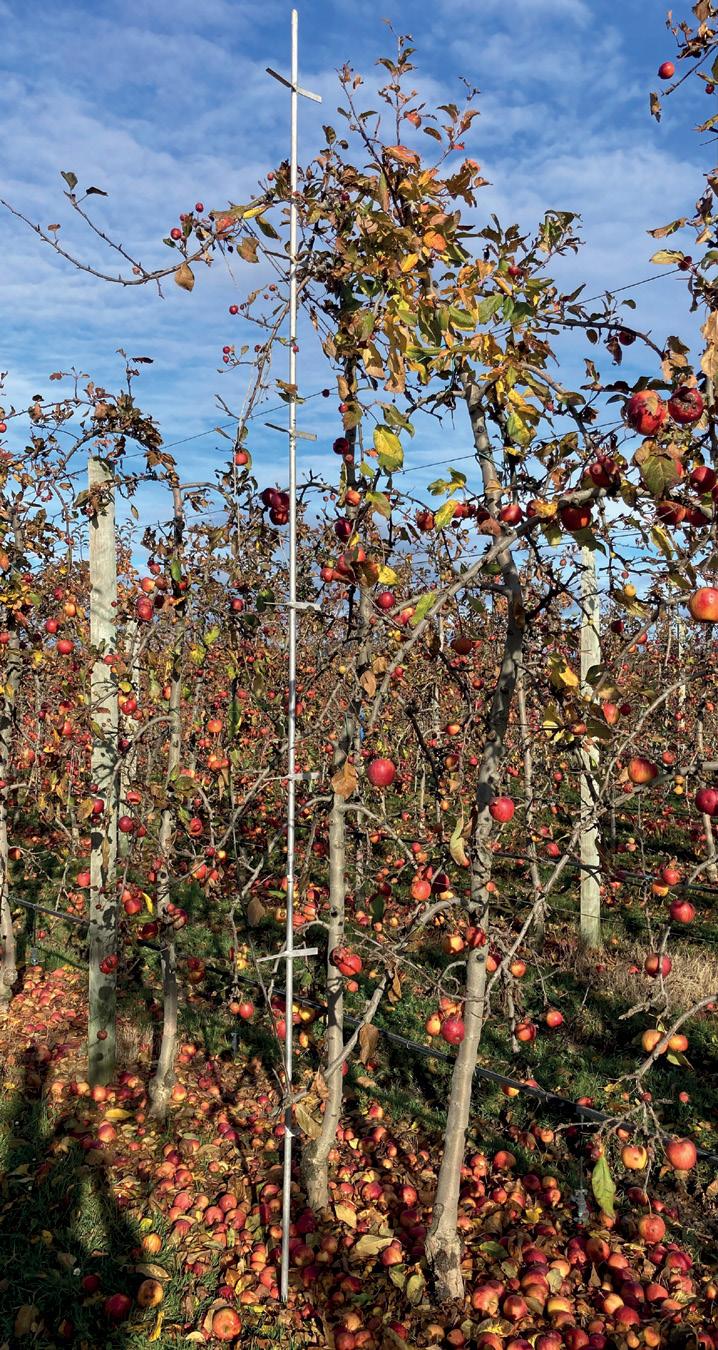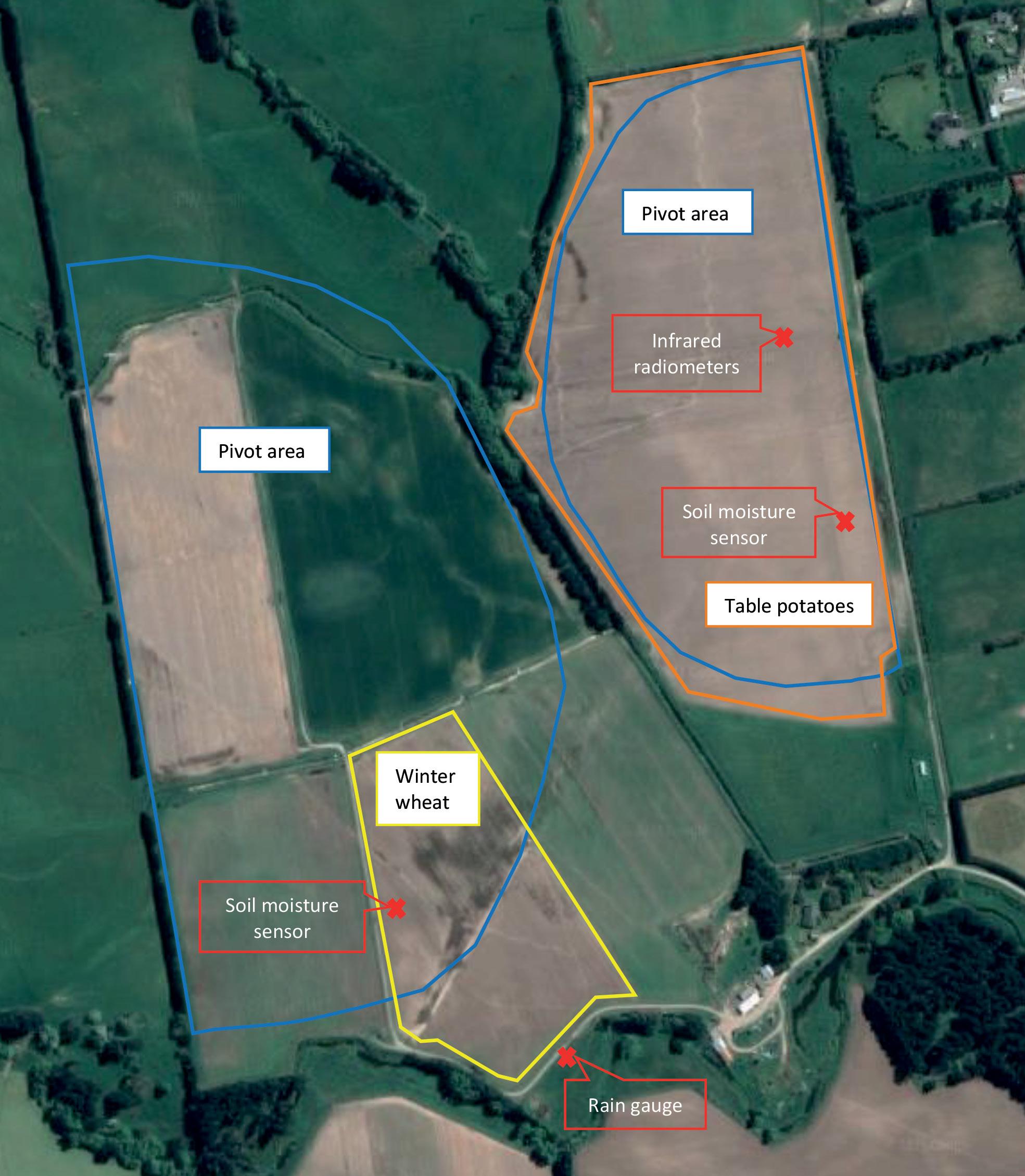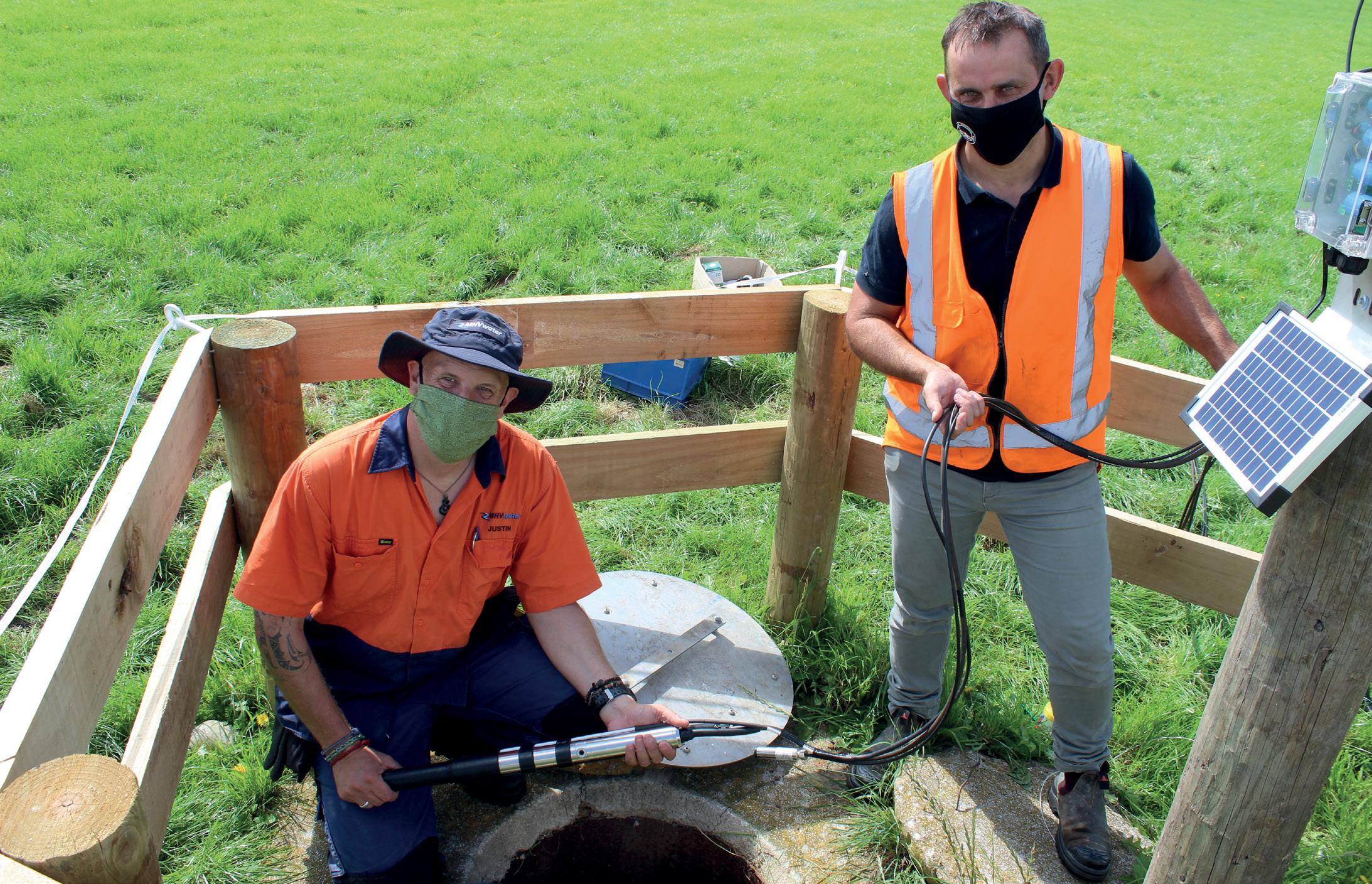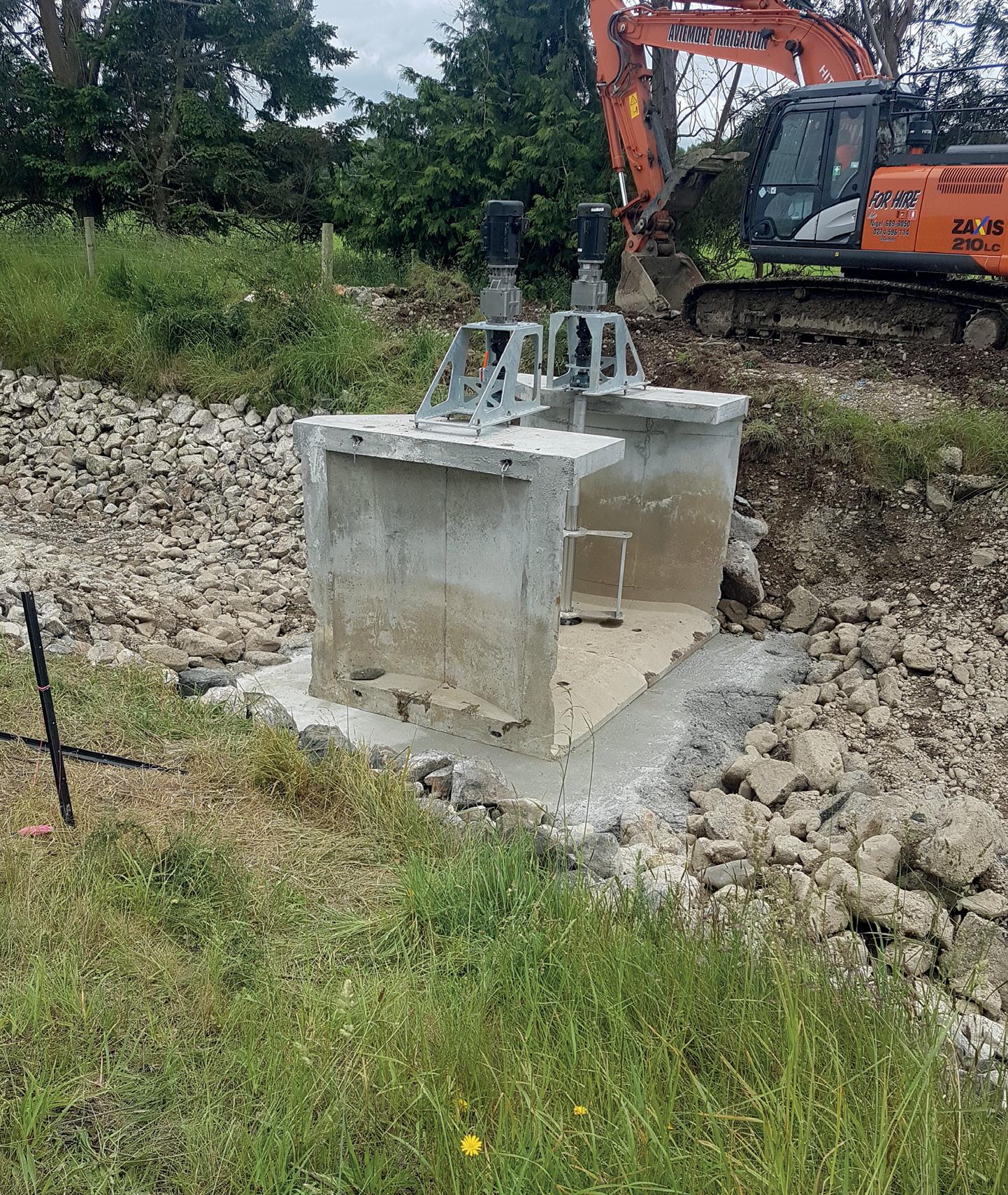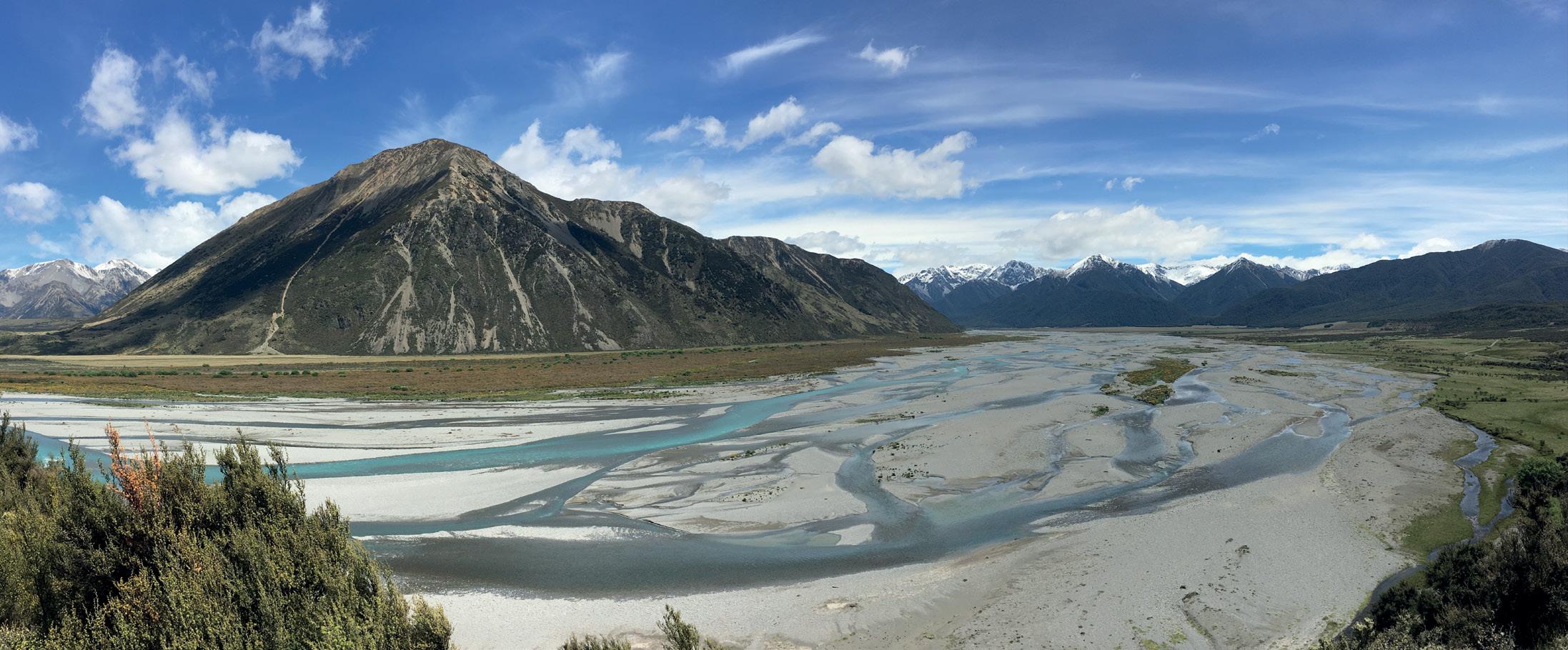
6 minute read
Seasonal Climate Outlook
Seasonal climate outlook February–April 2022
OUTLOOK SUMMARY
Advertisement
La Niña conditions peaked in the equatorial Pacific during January, with a 75 percent chance for its continuation during the next three months. Aotearoa New Zealand’s coastal waters continued to experience marine heatwave (MHW) conditions during January. Sea surface temperatures (SSTs) ranged from 0.9˚C to 1.9˚C above average. MHW conditions will continue to have an upward influence on air temperatures and humidity. Climate model guidance suggests the MHW will gradually ease during autumn.
Air pressure is forecast to be higher than normal to the south of New Zealand and lower than normal to the north of the country. This is expected to be associated with easterly quarter wind flow anomalies, consistent with the continuation of La Niña and an elevated risk for atmospheric rivers and ex-tropical cyclones in the New Zealand region.
Temperatures are likely to be warmer than average in all regions except for the east of both islands where average and above average temperatures are about equally likely. This will continue to influence periods of elevated humidity and warm overnight temperatures, though a reduction in westerlies may result in less hot days in the east. Rainfall is about equally likely to be near normal or above normal in all regions of the country. For the north and west of the South Island in particular, the seasonal rainfall signal will be influenced by a heavy rain event in early February, increasing the risk for flooding. Moderate-to-heavy rain may affect the North Island during the second week of the month. While high pressure and drier weather may return during the second half of February, another risk for heavy rainfall may arise in March. As of late January, NIWA’s New Zealand Drought Index indicated that extremely dry conditions were occurring in several regions. Meteorological drought had developed in parts of Northland and Waikato. There is an elevated risk for atmospheric river and ex-tropical cyclone activity around New Zealand in the coming months. These systems can bring heavy rainfall and increase the risk for flooding. Weather-sensitive groups should keep a close eye on day-to-day forecasts. Soil moisture levels and river flows are most likely to be near normal in all regions of the country for the three months, although substantial deficits were occurring in some regions as of late January. Heavy rainfall events can lead to abrupt and rapid increases in river flows and soil moisture.
REGIONAL PREDICTIONS FOR FEBRUARY TO APRIL 2022
Probabilities are assigned in three categories: above average, near average, and below average. In the absence of any forecast guidance there would be an equal likelihood (33% chance) of the outcome being in any one of the three categories.
Northland, Auckland, Waikato, Bay of Plenty • Temperatures are very likely to be above average (70 percent chance).
Due to marine heatwave conditions, periods of excessive humidity and hot temperatures are likely to continue. • Rainfall totals are about equally likely to be near normal (40 percent chance) or above normal (35 percent chance). • An elevated chance for atmospheric rivers and ex-tropical cyclone activity may increase the risk for heavy rainfall events; however, extended dry spells will also continue to be possible. • In late January, extremely dry conditions were occurring in parts of
Northland, Auckland, Waikato, and western Bay of Plenty according to NIWA’s New Zealand Drought Index. Meteorological drought had developed in parts of Northland and Waikato. • Soil moisture levels and river flows are most likely to be near normal (45 percent chance).
Central North Island, Taranaki, Whanganui, Manawatu, Wellington • Temperatures are very likely to be above average (70 percent chance).
Due to marine heatwave conditions, periods of high humidity and hot temperatures are likely to continue. • Rainfall totals are about equally likely to be near normal (40 percent chance) or above normal (35 percent chance). • An elevated chance for atmospheric rivers and ex-tropical cyclone activity may increase the risk for heavy rainfall events; however, extended dry spells will also continue to be possible. • In late January, very dry conditions were occurring about inland
Manawatu-Whanganui according to NIWA’s New Zealand
Drought Index. • Soil moisture levels and river flows are most likely to be near normal (50 percent chance).
Gisborne, Hawke’s Bay, Wairarapa • Temperatures are about equally likely to be above average (50 percent chance) or near average (45 percent chance). Due to marine heatwave conditions, periods of high humidity and warm overnight temperatures are likely. A reduction in westerly winds may lead to less hot days than normal, however. • Rainfall totals are about equally likely to be near normal (40 percent chance) or above normal (35 percent chance). • An elevated chance for atmospheric rivers and ex-tropical cyclone activity may increase the risk for heavy rainfall events; however, extended dry spells will also continue to be possible. • In late January, abnormally dry conditions were occurring across the region according to NIWA’s New Zealand Drought Index. • Soil moisture levels and river flows are most likely to be near normal (50 percent chance).
Tasman, Nelson, Marlborough, Buller • Temperatures are likely to be above average (55 percent chance).
Due to marine heatwave conditions, periods of high humidity and hot temperatures are more likely. • Rainfall totals are equally likely to be near normal (40 percent chance) or above normal (40 percent chance). • An elevated chance for atmospheric rivers and ex-tropical cyclone activity may increase the risk for heavy rainfall events, such as during the first week of February when flooding is possible.
However, periods of high pressure may also cause extended dry spells. • In late January, abnormally dry conditions were occurring across the region according to NIWA’s New Zealand Drought Index. • Soil moisture levels and river flows are most likely to be near normal (55 percent chance).
West Coast, Alps and foothills, inland Otago, Southland • Temperatures are very likely to be above average (65 percent chance).
More frequent offshore winds may increase the frequency of hot days along the West Coast. • Rainfall totals are equally likely to be near normal (40 percent chance) or above normal (40 percent chance). • An elevated chance for atmospheric rivers and ex-tropical cyclone activity may increase the risk for heavy rainfall events, such as during the first week of February when flooding is possible. However, periods of high pressure may also cause extended dry spells. • In late January, very dry conditions were occurring in central and southern Otago, eastern Southland, and Stewart Island according to
NIWA’s New Zealand Drought Index. • Soil moisture levels and river flows are most likely to be near normal (50 percent chance).
Coastal Canterbury, east Otago • Temperatures are about equally likely to be above average (50 percent chance) or near average (45 percent chance). Due to marine heatwave conditions, periods of high humidity and warm overnight temperatures are likely. A reduction in westerly winds may lead to less hot days than normal, however. • Rainfall totals are about equally likely to be near normal (40 percent chance) or above normal (35 percent chance). Predominant onshore winds may influence more cloud cover and drizzle. • Soil moisture levels and river flows are most likely to be near normal (50 percent chance).
This is an extract of the Seasonal Climate Outlook published by NIWA.
Pivotal.

Anderson Lloyd is the trusted legal advisor for major players in New Zealand’s irrigation sector, with a proven ability to deliver results. We have advised on numerous existing and proposed schemes in the North and South Islands and act for individual farmers and agribusinesses.
Our specialist team advises on all aspects associated with large-scale irrigation schemes including banking, capital raising, commercial contract, resource management and construction matters.
David Goodman, Partner p: 03 335 1235 m: 027 787 8785 david.goodman@al.nz Sarah Eveleigh, Partner p: 03 335 1217 m: 027 204 1479 sarah.eveleigh@al.nz

